PS1 Fighting Video Games
Fighting games. In these titles controlled character is usually fighting with one opponent on a special arena or a ring. The player can use a couple of basic moves or many combos and special attacks which require pressing specific sequences of buttons to be triggered. more
Browse genres/themes ?
Browse the Encyclopedia by genre and tags. Each game has one main genre: Action, Fighting, Puzzle, Adventure, RPG, Sports, Strategy, Simulation, Party, Racing, Arcade. You can search multiple tags and filter games by platforms, scores, or release dates.
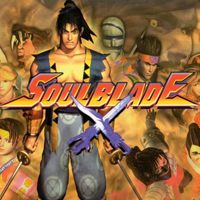
Soul Blade
Fighting 01 January 1997
Three-dimensional brawl published by Tekken series producer, Namco. Soul Blade focuses on spectacular battles on swords and other white weapons. The plot of the production tells the story of brave warriors who travel around the world in search of a legendary sword that gives it a great power to the person holding it.
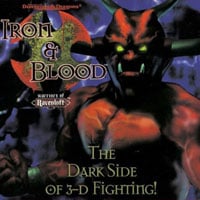
Iron & Blood: Warriors of Ravenloft
Fighting 31 October 1996
Bijatyka developed by Take-Two Interactive, which takes us to the world of Ravenloft. In Iron & Blood: Warriors of Ravenloft we find ourselves in the middle of a conflict between the forces of order and chaos, whose aim is to conquer ancient artifacts. The title has a fictional campaign, which can be completed alone or in cooperation with another player.
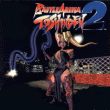
Battle Arena Toshinden 2
Fighting 23 May 1996
Continuation of the three-dimensional fight of the Japanese Tamsoft studio. In the game we take part in the next edition of Toshinden tournament, organized by the mysterious organization Secret Society. The title offers 3 new warriors, new blows, a new combos system and a handful of improvements in mechanics.
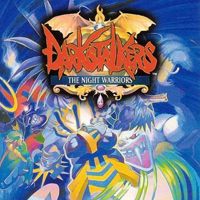
Darkstalkers: The Night Warriors
Fighting 28 March 1996
Darkstalkers: The Night Warriors is the first installment of a series of two-dimensional battles in which warriors are inspired by legends, horrors and legends of monsters such as vampires, werewolves, mummies and spirits. The title was created using a Street Fighter II engine, but the developers have made a lot of improvements to it. Among them you will find the ability to perform blocks in the air and special sequences of attacks.
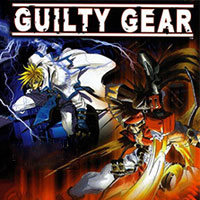
Guilty Gear
Fighting 14 May 1998
A two-dimensional brawl that debuted on PlayStation 1, and after many years also reached other platforms. Guilty Gear takes us into the future, when man-made, animated weapons have turned against their creators; as we struggle, we participate in a tournament whose winner will have to face their leader, the Testament.
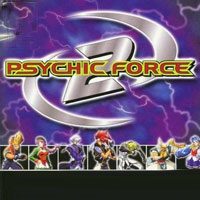
Psychic Force 2
Fighting 07 October 1999
Converted from slot machines, a three-dimensional fight in which people endowed with extraordinary abilities fight. The production is distinguished by the specific mechanics of rolling clashes and the fact that they take place in oval cages where warriors levitate.
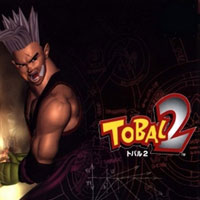
Tobal 2
Fighting 25 April 1997
The second part of the series of fights from DreamFactory studio, which in contrast to the original never left the borders of Japan. Tobal 2 not only introduces changes to the combat system, but also expands Quest Mode significantly.
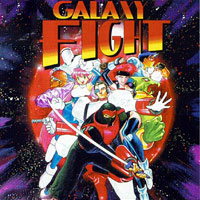
Galaxy Fight: Universal Warriors
Fighting 03 May 1996
Conversion of a 2D combat machine, published in 1995, in which heroes from different planets fight for the right to meet a powerful deity, appearing in the universe once a thousand years.
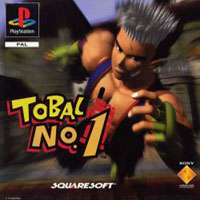
Tobal No. 1
Fighting 02 August 1996
Bijatyka, in which players take part in a martial arts tournament, organized on the title planet. The game is worth a candle because the winner will take control of Molmoran resources - a rare and extremely valuable resource. A characteristic feature of Tobal No. 1 is the presence of a feature mode, in which we travel through three-dimensional underground, observing the action from the perspective of a third person.
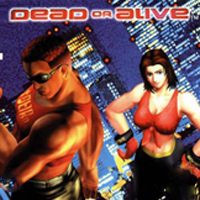
Dead or Alive
Fighting 31 March 1998
The first installment of the popular series of three-dimensional brawls created by Team Ninja studio. A special feature of the title is the simplified control in relation to other representatives of the species, which focuses primarily on the speed and use of counter-attacks. The game is also famous for its unusual ability to turn on the mode, in which the busts of playable warriors unnaturally jump during the fight.
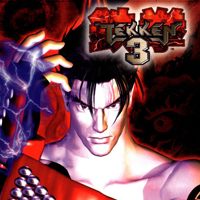
Tekken 3
Fighting 29 April 1998
The third installment of the cult series of three-dimensional fights. The action of Tekken 3 takes place a dozen or so years after its predecessor, which served as a pretext for exchanging a large part of playable characters. The production introduced a lot of changes to the gameplay mechanisms, putting a bigger aspect on rolling fights in full three-dimensional and limiting the height of jumps.
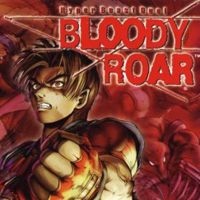
Bloody Roar: Hyper Beast Duel
Fighting 31 October 1997
A three-dimensional fight in which warriors can transform themselves into animal equivalents such as a wolf, tiger or rabbit. As beasts, the characters are much stronger, but taking too many blows leads to becoming an ordinary person again, which makes the whole mechanism an important tactical element of the clashes.
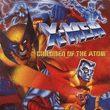
X-Men: Children of the Atom
Fighting 01 February 1998
X-Men: Children of the Atom is a 2D skillful fight with the protagonists of the popular series of comic books by Marvel publishing house. Originally, the title was released in 1994 as a version for Capcom gaming machines (CP System II). The PC port was prepared by Probe Entertainment studio.
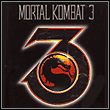
Mortal Kombat 3
Fighting 06 October 1995
Mortal Kombat 3 is the third part of one of the most popular series of skill battles, for which Midway Games development team is responsible. The creators remained faithful to the gameplay rules known from earlier editions of the cycle, increasing the number of available warriors, arenas, special attacks and blows ending the fight.
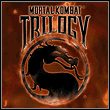
Mortal Kombat Trilogy
Fighting 10 October 1996
The last installment of the cult series of virtual fights, in which the authors used a side projection and two-dimensional digitized models superimposed on computer-generated backgrounds.

Battle Arena Toshinden
Fighting 09 September 1995
A three-dimensional fight in which players meet in delineated three-dimensional arenas, fighting with each other with the use of weapons and various special attacks. The background to the game is the legendary Toshinden tournament, organized by a mysterious sponsor named Gaia.
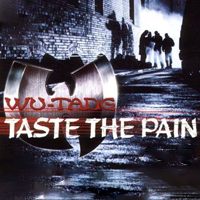
Wu-Tang: Taste the Pain
Fighting 30 November 1999
A three-dimensional fight that can be played simultaneously by up to four players. The production takes advantage of the image of the popular music group Wu-Tang, whose members appear as playable characters. In addition to the fun options typical of this genre for many people, the title has a powerful feature mode.
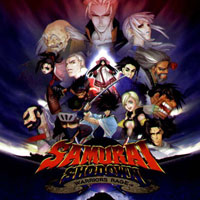
Samurai Shodown: Warriors Rage
Fighting 22 December 1999
Exclusively released on PlayStation 1, the next installment of a series of battles embedded in the realities of Japan's samurai time. The production is the first part of the series which uses 3D graphics.
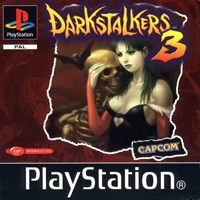
Darkstalkers 3
Fighting 18 November 1998
Third installment of a series of two-dimensional beats produced by Capcom. As in the previous parts of the series, the game presents duels between monsters of horror, legends and legends. Among the playable characters we will find vampires, succubus, werewolves, and even an award hunter with a look reminiscent of a Red Riding Hood. The title also introduces bold changes in the mechanics of the game, resigning from the classic division into rounds.
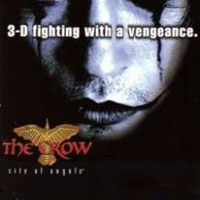
The Crow: City of Angels
Fighting 28 February 1997
Film adaptation from 1996 released on PlayStation 1. Production is a typical walking brawl based on the theme of revenge, in which console owners face the prevailing enemy forces and take part in dozens of fights.
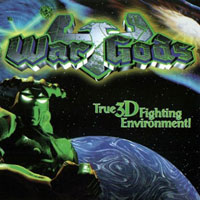
War Gods
Fighting 30 March 1997
Conversion of a 3D arcade fight released on slot machines, in which ten powerful beings fight for primacy on Earth. Production in many aspects resembles three-dimensional versions of Mortal Kombat, although it also tries to distinguish a few unique solutions.
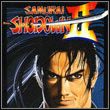
Samurai Shodown 2
Fighting 26 March 1998
Reedition of a popular two-dimensional fight. We embark on spectacular battles by controlling one of the sixteen available characters.
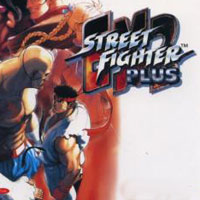
Street Fighter EX2 Plus
Fighting 30 December 1999
The next installment of the Street Fighter EX series, transferring the cult series of brawls to three-dimensional realities. The production develops the mechanics of the predecessor, offering an extensive combat system, over twenty playable characters and attractive visual setting.
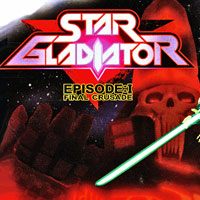
Star Gladiator
Fighting 25 October 1996
A three-dimensional fight in the science fiction style, in which warriors are equipped with various types of white weapons. Star Gladiator first appeared on slot machines, and then it was converted to PlayStation 1.